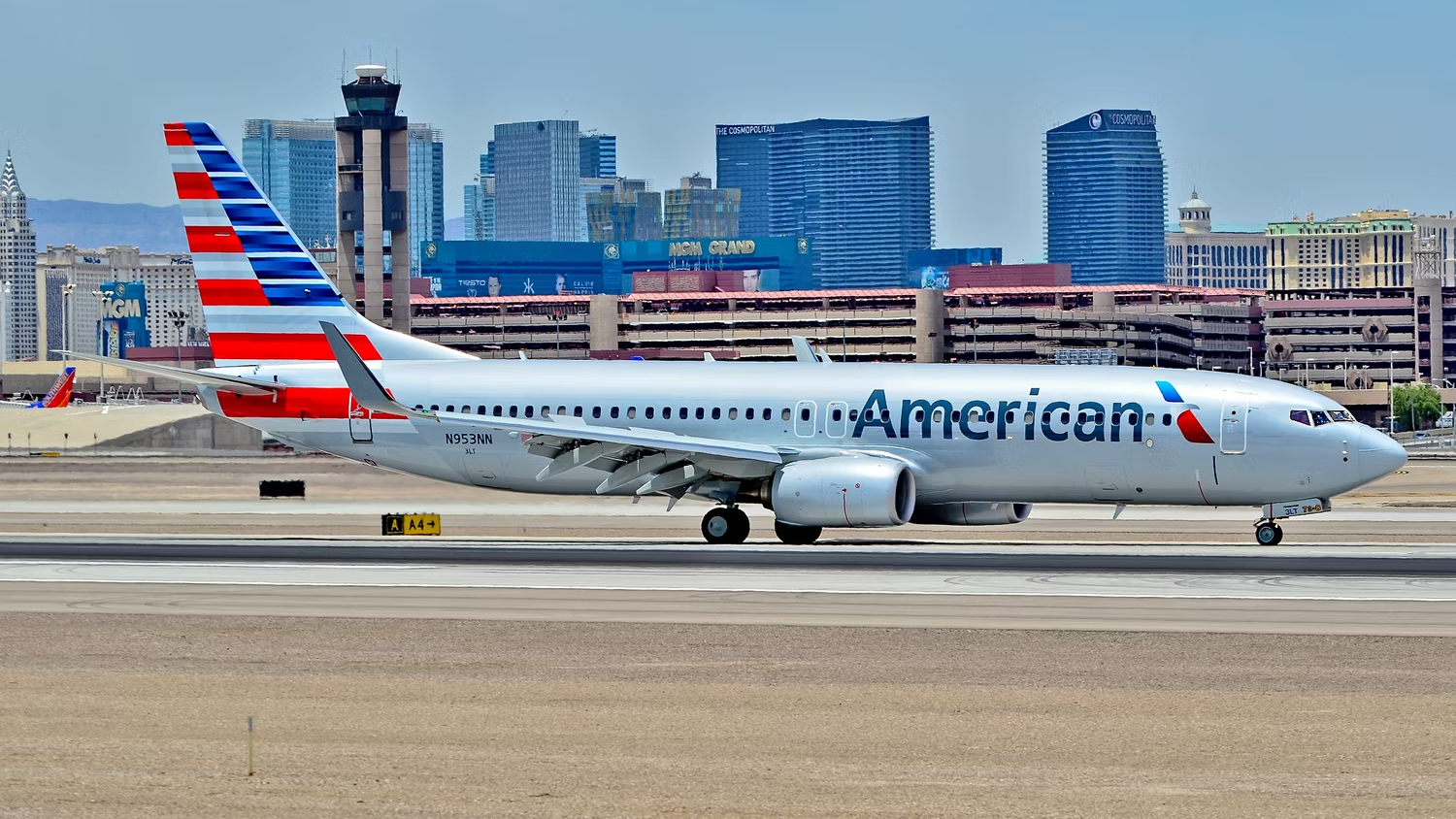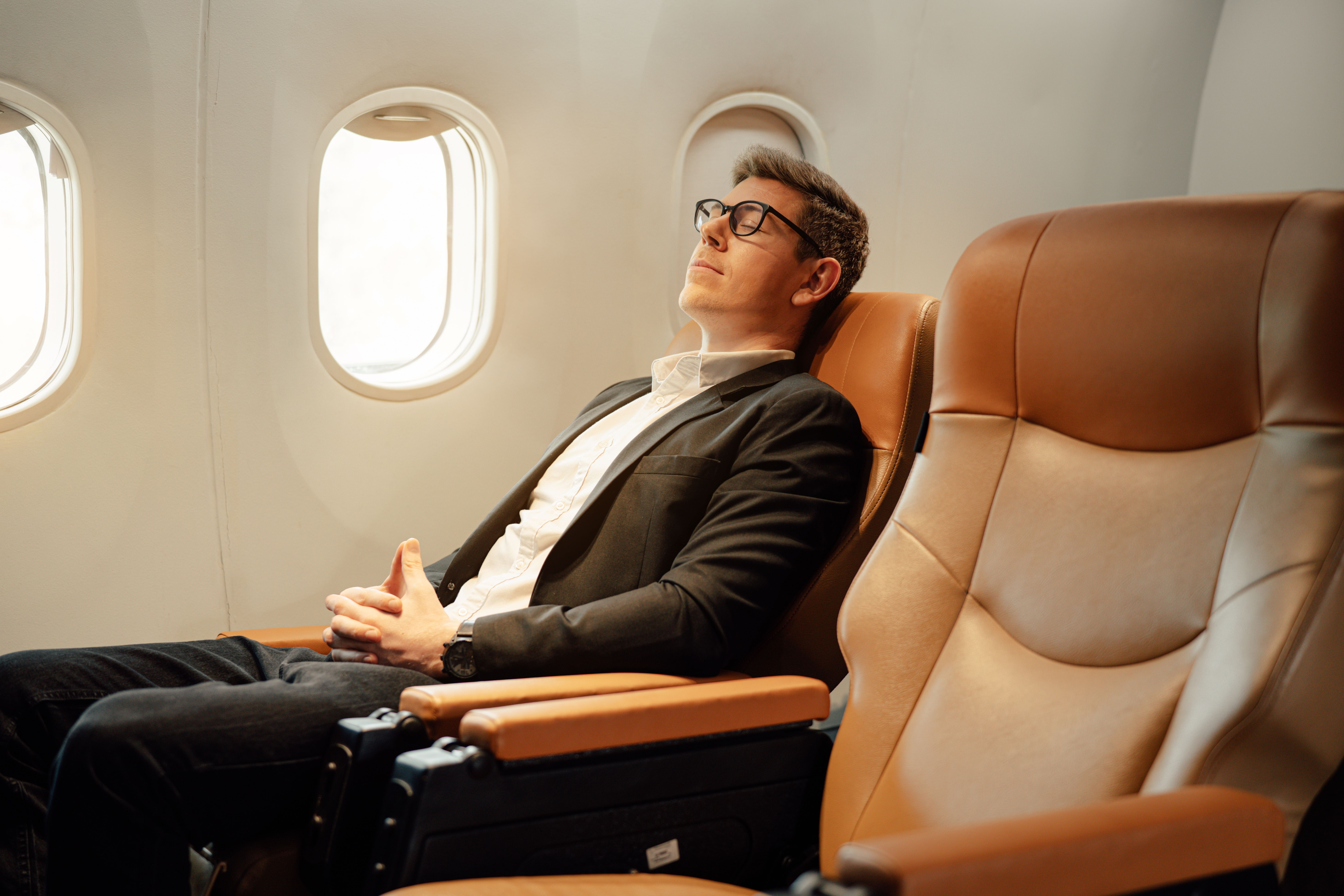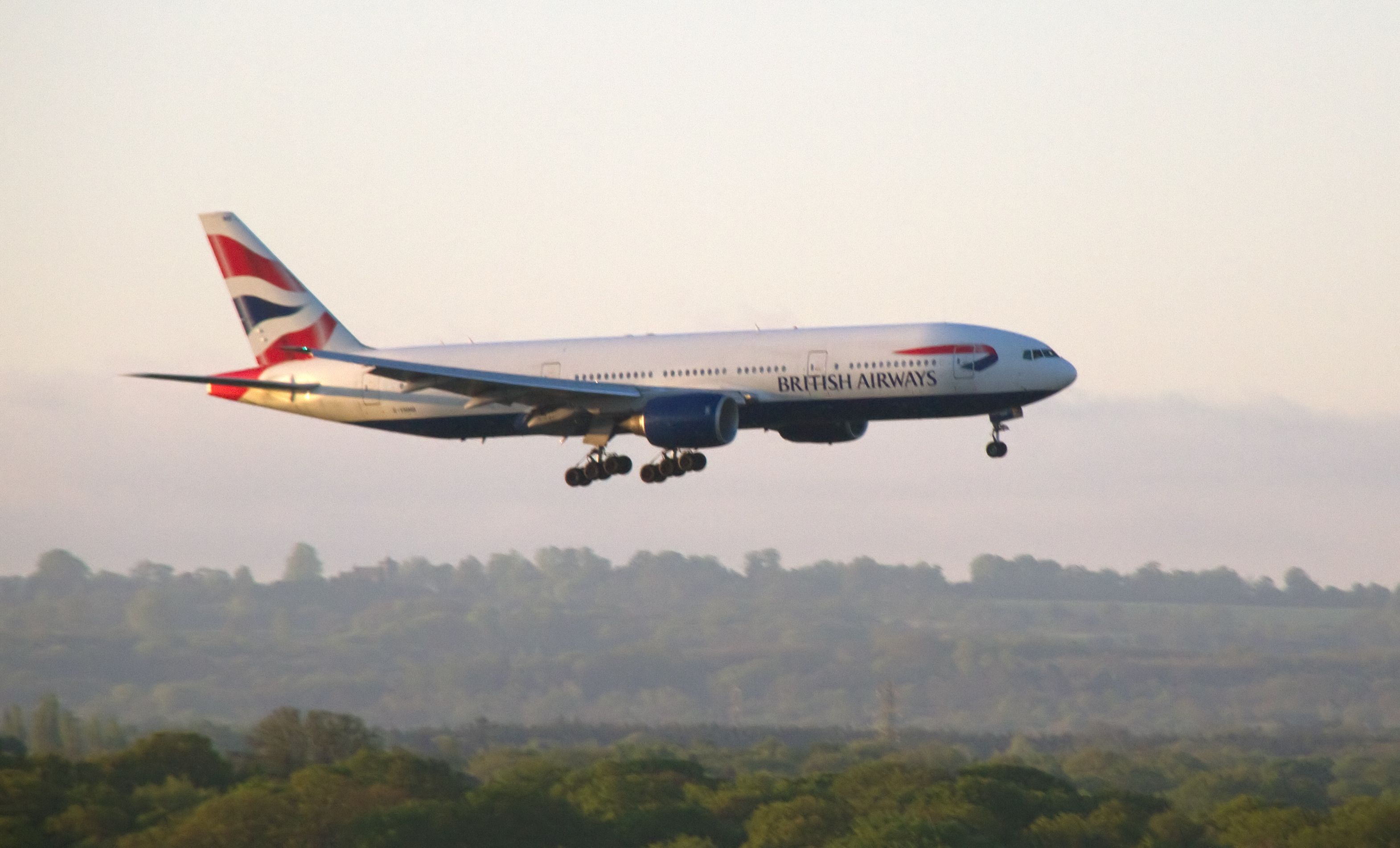Summary
- Flight cancellations due to hot weather are possible, as high temperatures can affect plane lift.
- Get travel insurance to cover unexpected costs like canceled or delayed flights.
- Take early morning flights, stay hydrated, and plan activities during cooler times of the day.
Today, we will look at some top tips for flying during hot weather. If you live in the Northern Hemisphere, you will know that this summer has been sweltering in parts of Southern Europe, the Southwest United States, and even parts of China. Last month, Italy, Greece, and Spain saw temperatures exceed 45C (113F). Meanwhile, Phoenix, Arizona, was baking as the temperature exceeded 110F for consecutive days.
While we are used to canceled flights due to bad weather, did you know your flight could be withdrawn because it is too hot? In June 2017, 50 American Airlines flights were canceled because regional aircraft like the Bombardier CRJ cannot fly when ground temperatures exceed 118F.
In high temperatures, the air is less dense, which means less lift for aircraft to take off. Airlines are often forced to lower the plane's weight to operate under high-heat conditions; this can mean your luggage does not make it onto the plane.
1 Take out travel insurance
The upcoming Labor Day weekend will be busier than ever, so plan accordingly. As we have seen during other peak travel seasons over the last 12 months, it might not be surprising to encounter a bit of chaos at the airport. On another note, this year has also seen many wildfires, so we highly recommend you take out travel insurance in case your flight is canceled or delayed.
A delayed flight could make you miss a connection, necessitating an overnight stay in a hotel. If you have travel insurance, all your unexpected costs are covered, and money already spent may be reimbursed.
2 Clothing
Always wear light-colored, loose-fitting clothes, use sunscreen, and wear a hat. It is best to avoid wearing shorts when flying for two reasons. Number one, you do not know how clean the seat is that you will be sitting on.
Two, having your legs covered protects them from the sun and prevents sunburns. Save the flip-flops for the beach and wear sneakers or comfortable shoes when flying. Additionally, we recommend never taking them off because you will be required to exit the aircraft as quickly as possible in an emergency; keeping your shoes on will be a blessing in such a case.
3 Stay hydrated
Dehydration, sunstroke, and heat exhaustion can send you to the hospital. Always be sure to drink plenty of water and keep your electrolytes balanced. You can drink Gatorade in the United States or a fast hydrating drink like Aquarius in Spain. It is also worth pointing out that all European pharmacies sell electrolyte powders or tablets that can be dissolved in water.
The best thing to do when traveling is to take a reusable water bottle to the airport. Once inside, before you go through security, you will either have to drink or discard the water you have. Once past security, airports have hydration stations where you can fill your bottle with drinkable water for free.
4 Take an early morning flight
Flying early in the morning is a good idea for several reasons, not just because it is the coolest part of the day. You are less likely to see your flight canceled or delayed if you have an early morning departure. Most delays result from a knock-on effect that could have your aircraft arrive late at the airport you are departing.
There is less chance of turbulence on a morning flight. When the sun raises the ground temperature, some turbulence can be caused by rising hot air. Almost everywhere in the United States sees Thunderstorms in the afternoon during the summer. You can avoid these by taking an early morning flight.
5 Avoid activities during the hottest part of the day
Once you are at your destination, look and learn from the locals. Here in Spain, and likewise in other southern European countries, everyone does their daily chores in the morning when it is not too hot. Lunch is always light and usually eaten late, around 14:00, before taking a siesta.
If you plan to visit top tourist attractions, look at their opening times and get there when they first open. Not only will it be less hot but also fewer people. While it might look tempting to jump in a fountain, many of them are historical monuments, so behave differently from how Marcello and Sylvia did in La Dolce Vida, as it can get you in a lot of trouble. Once it starts to heat up, use this time of day to visit a museum or art gallery, as almost all of them will be air-conditioned.






